Cremona, known for its medieval monuments delighted by tourists, as well as the birthplace and activity of the greatest luthier in the history of music, Antonio Stradivari, also known as Stradivarius. Thanks to its central location, Cremona can be a good starting point for exploring all of northern Italy.
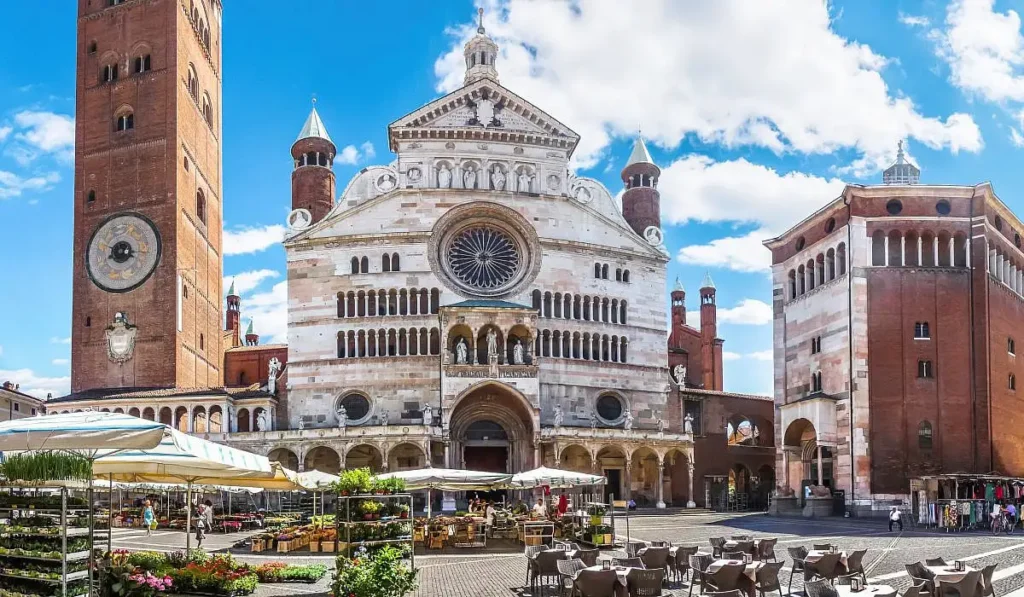
The main tourist attraction of Cremona is Piazza del Comune, where the most important monuments of the city stand: the cathedral (Cattedrale di Santa Maria Assunta) with the bell tower (Torrazzo, the highest medieval bell tower in Italy), the Baptistery of San Giovanni Battista, the Palazzo del Comune and the Loggia dei Militi.
Cremona is a city located on the Po River in Italy, in the Lombardy region, approximately 100 km south of Milan. Cremona is located just off the A21 (E70) motorway connecting Piacenza with Brescia.

Cremona Cathedral
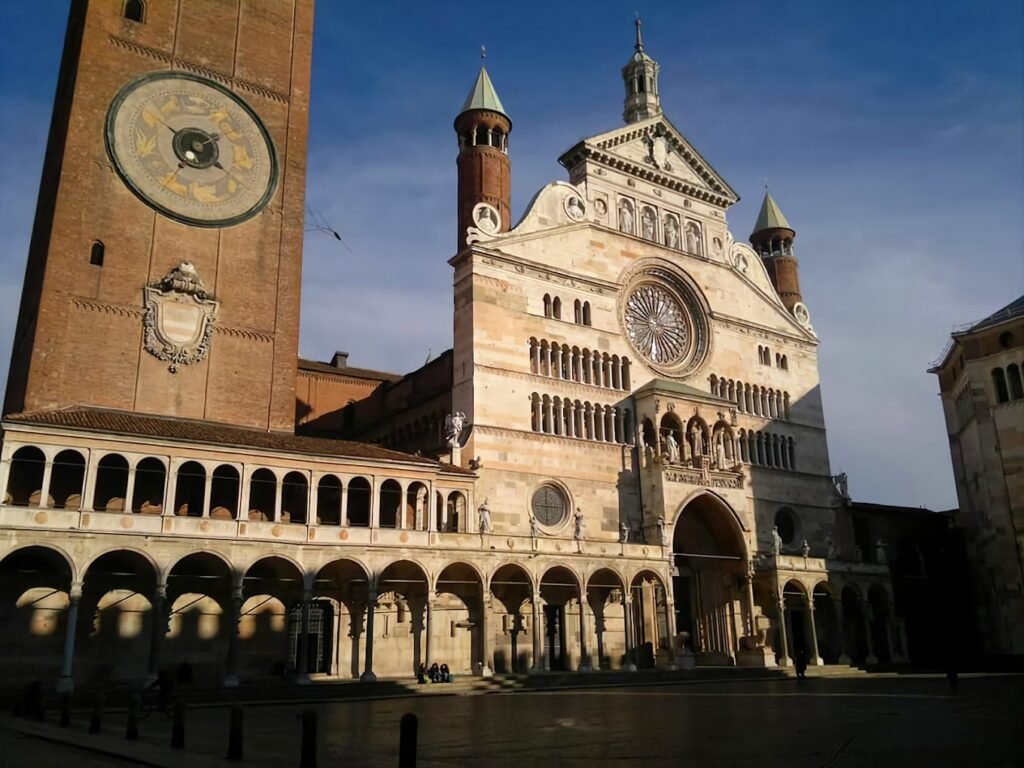
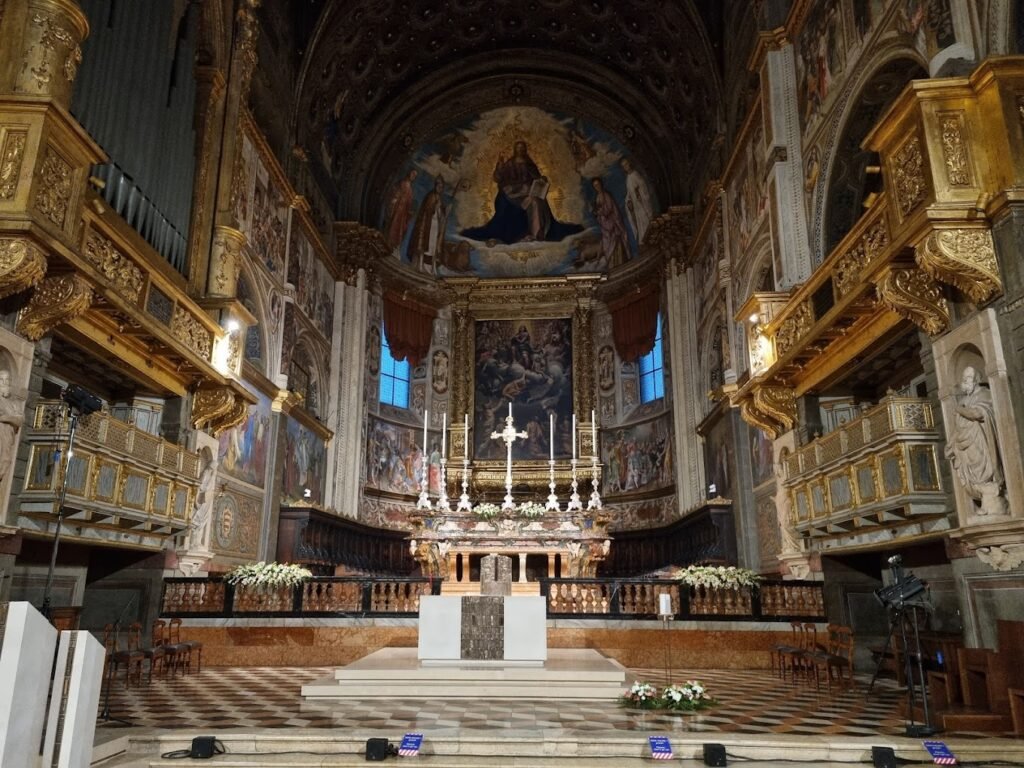
Cremona Cathedral (Italian: Cattedrale di Santa Maria Assunta) is a Roman Catholic church in Cremona, dedicated to the Assumption of the Blessed Virgin Mary. The cathedral is located in the city center, at Piazza del Comune, near the City Hall. The temple is the seat of the Diocese of Cremona. The cathedral includes a baptistery and the Torrazzo tower.

Vertical Museum of Torrazzo in Cremona (Torrazzo Tower)

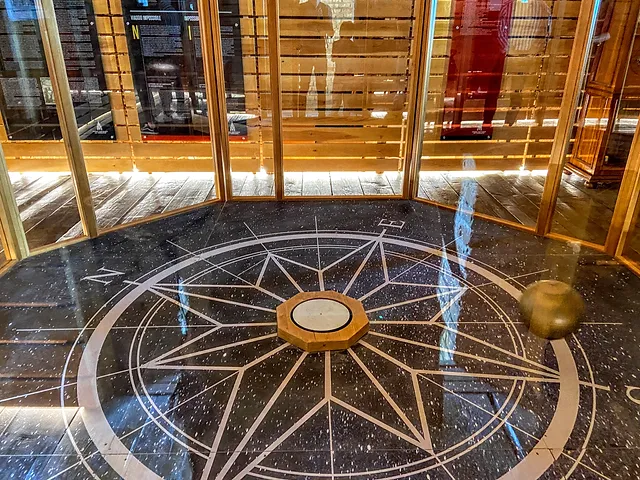
Right next to the Cathedral, on the Town Square, stands the magnificent Torrazzo Tower, the famous bell tower with a height of 112 meters. The modern appearance of this building is the result of the combination of two different, overlapping structures: a Romanesque one from 1267 and the other with an octagonal top and plan. It was probably completed in 1305, but the ball and cross at the top date back to the 17th century. The astronomical clock on the tower, which shows the movement of the stars and the phases of the moon, was installed in 1583. The mechanism is still original, and the current dial was repainted in 1970. There are seven bells, each dedicated to a different saint. One of them is especially dedicated to the city’s saint, Saint Omobono.
At the end of 2018 it was opened the Vertical Museum in the Torrazzo tower. In the museum the visitors can admire the external part of the great tower and follow a fascinating path dedicated to time-measuring. In the Dial Room and in the Room of the clockwork it is possible to admire all the characteristics of the clock’s functioning, in the Room of Time-measuring it is illustrated the history f the motion of the stars. Inside of it, thanks to the particular building characteristics of the tower Torrazzo, it possible to admire the famous Foucault’s Pendulum.
Cremona Baptistery
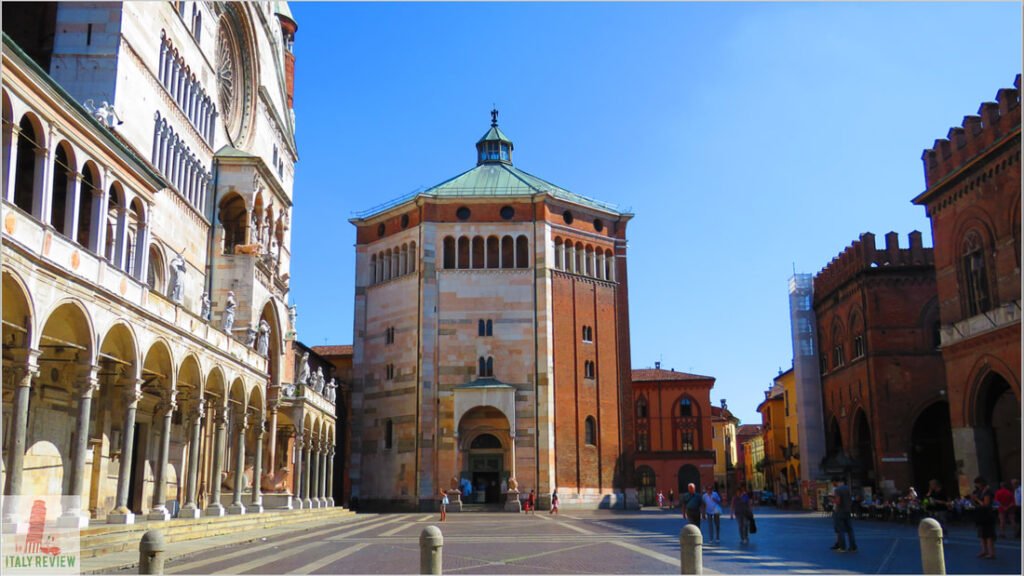
The Babnisterium in Cremona built in 1167, on an octagonal plan, referring to the cult of Saint. Ambrose of Milan, symbolizing the eighth day of resurrection and henceforth baptism.
The baptistery in many ancient cathedrals and churches is usually separate from the main church. The separation of these two places has its origins in the first centuries of the Christian era, when people who were not yet baptized were not admitted to Eucharistic celebrations taking place in consecrated places of worship.
Violin Museum
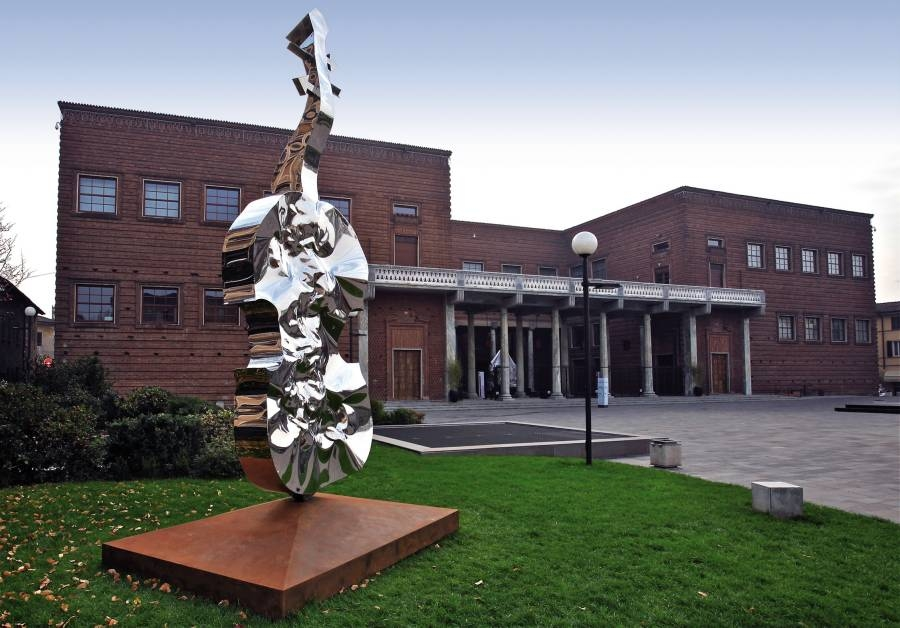
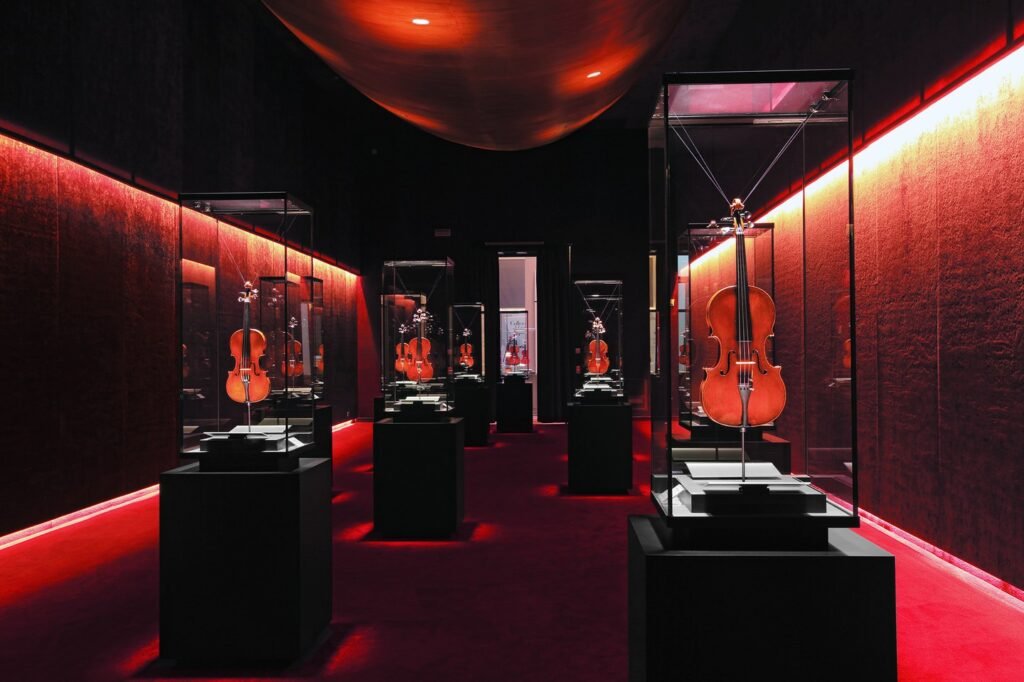
The Violin Museum represents the deep bond established between Cremona and violin making. It contains the Stradivari finds, the reconstruction of a violin making workshop and above all two collections of inestimable value: the Treasure trove and the Friends of Stradivari, as well as a collection dedicated to the expression of the best contemporary violin making in the world. Thanks to its multimedia, the Violin Museum is suitable for everyone, experts or not.
Teatro Comunale Ponchielli
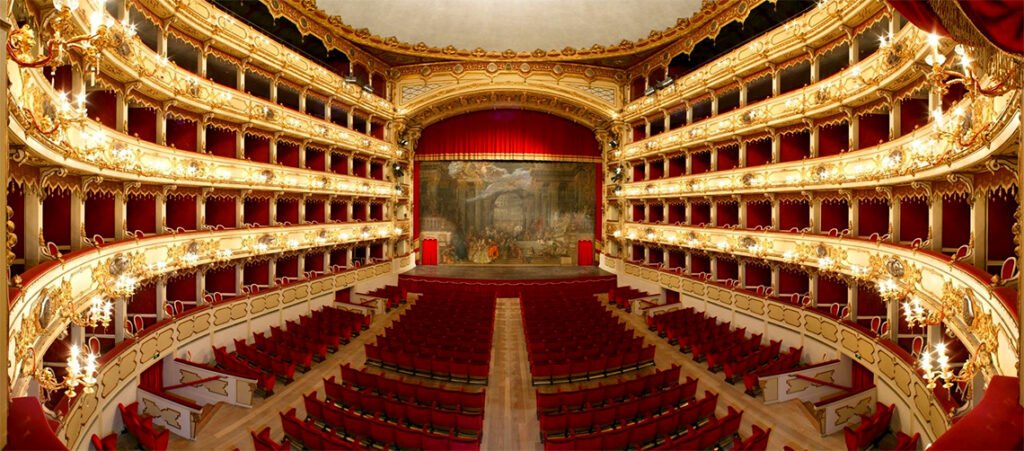
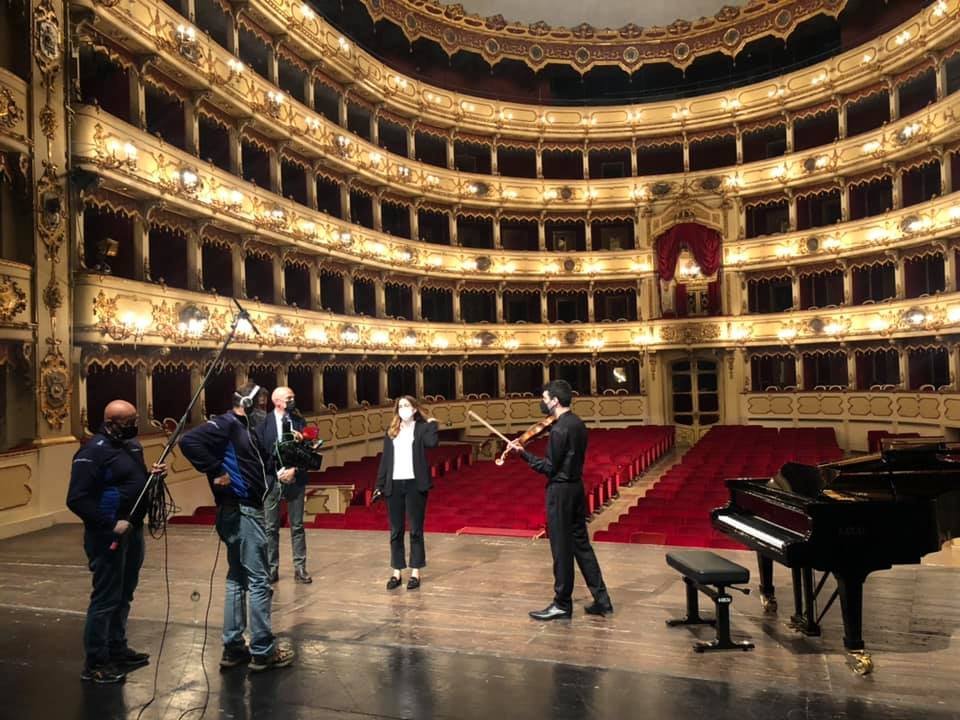
This is one of the oldest theatres in Italy: the original structure dates back to 1747, but it was destroyed by a fire in 1806. The theatre was restored and rebuilt twice, the second time after another fire in 1824. The facade is neoclassical, and the horseshoe-shaped interior is decorated with gold and ivory stucco. There’s an interesting seasonal programme on offer.
Ala Ponzone Civic Museum
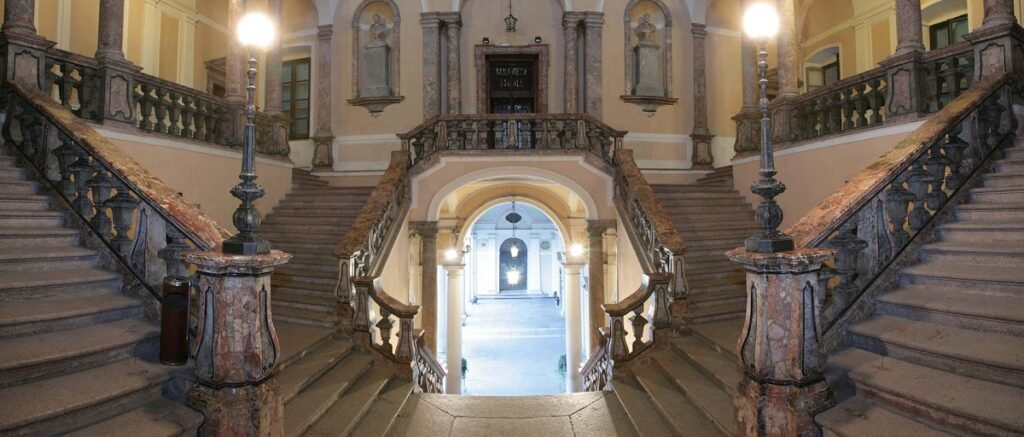
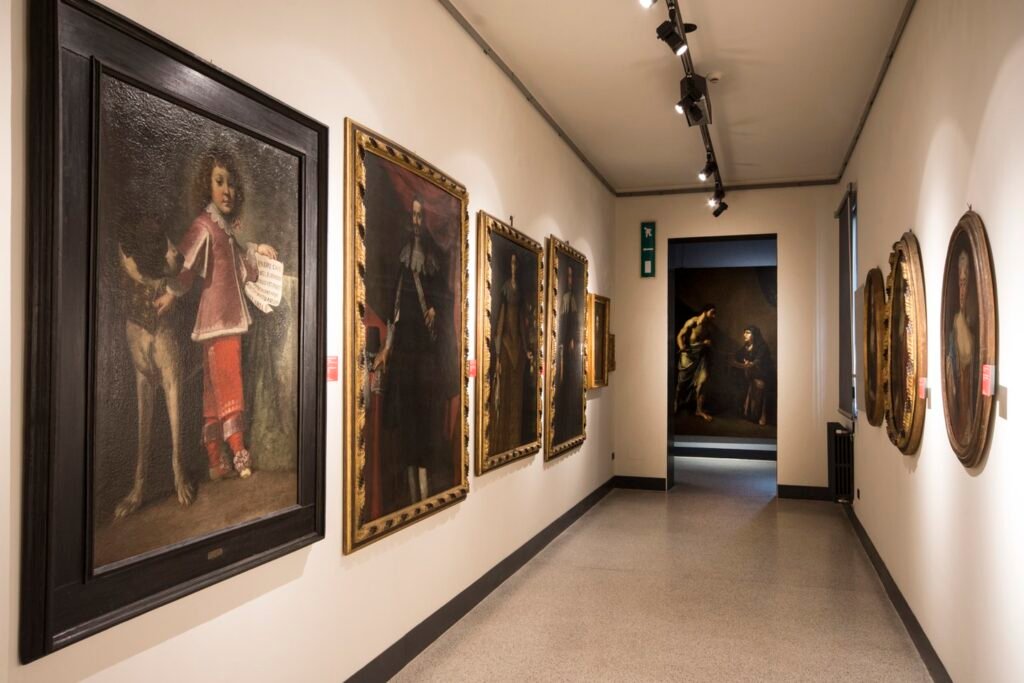
This museum was established following the will of the Marquis Giuseppe Sigismondo Ala Ponzone in 1842; he donated his possessions to form the museum. It was later expanded with more works and other legacies, and today the collection has more than two thousand pieces. The section dedicated to the Middle Ages and the fifteenth century, with sculptures, frescoes etc is located in the first room. There’s also applied art, prints and more.
Loggia dei Militi
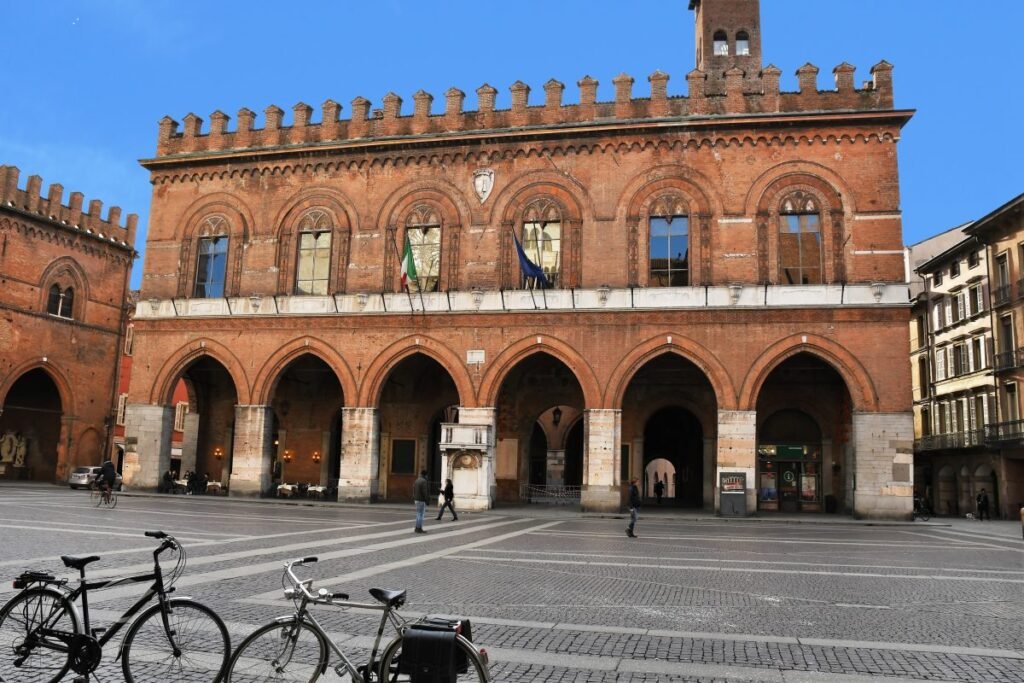
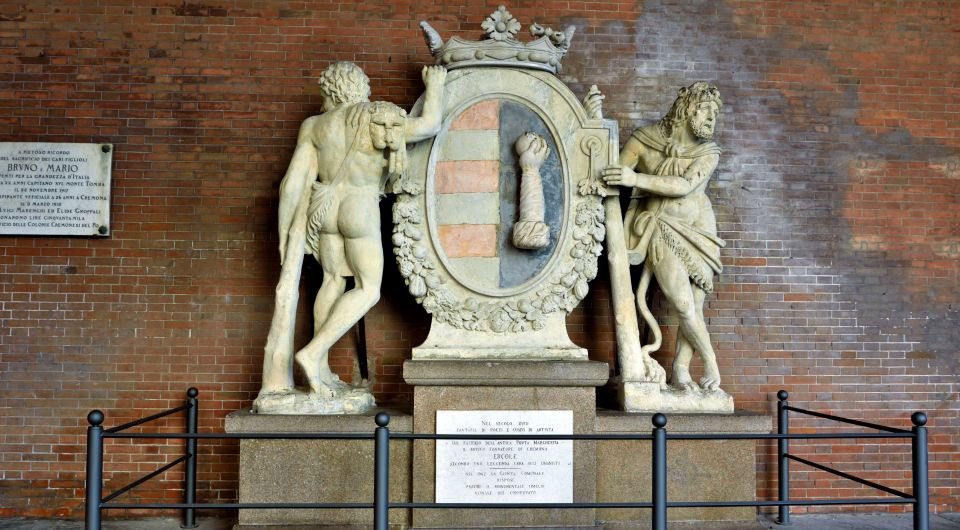
Loggia dei Militi is a historic building in Cremona. According to the inscription on the facade, it was built in 1292. The façade bears the coat of arms of the city of Cremona: four lions, which represent the four gates of the city: Ariberta, Pertusia, San Lorenzo and Natali.
